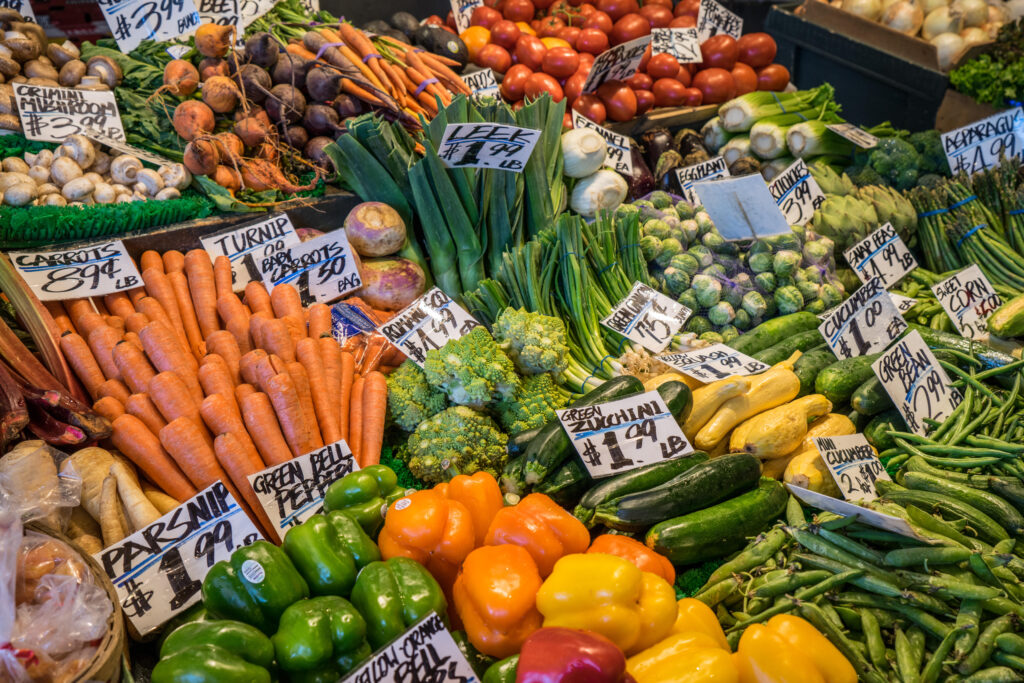The evolving relationship between supermarkets and banking and the key role of fintechs
Supermarkets continue to strive towards the ultimate goal of becoming a “one-stop-shop” in an attempt to secure a lucrative share of the financial services market, combining the weekly shop with the latest deals on credit cards, mortgages, savings and more.

Collaboration between supermarkets and fintechs has helped drive their push into financial services
This analysis begins with a look at some of those that did it first. Although a well-established retailer and grocer, it would take 78 years for British supermarket Tesco to tap the financial services market, a push led by the launch of its ‘Clubcard’ programme in 1995. This was followed by the launch of Tesco Bank in 1997, which included a broad offering of credit cards, loans, mortgages and insurance.
It took a further 14 years after its launch for the supermarket’s banking subsidiary to become profitable – a track it has retained in the years since. In recent times, Tesco Bank has partnered with a number of fintechs and technology partners to bolster its offering.
Of these, some of the most notable include its 2016 partnership with Mastercard – which later launched its Pay by Bank service – and its 2022 agreement for ID verification firm Onfido to power onboarding for its Clubcard Pay+ offering.
Yet despite the continued strength of its balance sheet, the retailer ultimately decided to sell its retail banking unit to British incumbent Barclays last month for a cool £600 million. The deal is set to close in the second half of this year.
One supermarket bank that has displayed a similar admiration of fintech partnerships is Sainsbury’s Bank, which has throughout its history served as a direct competitor to Tesco Bank, and was even launched in the very same year.
Wholly owned by the retailer since 2014, after it purchased a 50% stake previously owned by Lloyds Banking Group, Sainsbury’s Bank found its place in the market with savings accounts, credit cards, loans and insurance offerings.
Much of this provision was powered through deals with the likes of FIS, which was previously designated as the unit’s technology partner, as well as firms such as fixed-term fund (FTF) platform TreasurySpring and the cloud-based payments service provider Checkout.com.
However, in January of this year, Sainsbury’s announced a “phased withdrawal” of its main banking business, a move that will see much of its operations offloaded to “dedicated financial services providers”.
With the sale of Tesco Bank and Sainsbury’s winding down its banking unit, perhaps UK supermarkets’ relationship with banking is changing, with more targeted offerings and fintech partnerships potentially playing more of a key role moving forward.
Banking in the basket
The UK market is certainly no stranger to supermarkets dabbling in financial services, with some players enjoying greater and more sustained success than others.
Elsewhere across the globe, Australian supermarket chain Coles has been partnered with GE Capital, the financial services arm of General Electric, since 2003 to power the credit cards, loans and insurance services of its Coles Financial Services unit.
GE Capital’s business in Australia and neighbouring New Zealand was later rebranded to Latitude Financial Services in 2015 following its takeover by a consortium led by Deutsche Bank, KKR and Värde Partners, while Coles Financial Services has, since 2018, transitioned its credit card offering to Citibank.
Meanwhile, retail giant Walmart has led the US supermarket sector’s venture into financial services with various card programmes, financing and money transfer services, among others, through the Walmart MoneyCenter.
Like many operating in the field, the banking unit has sought to extend the reach of said services through partnerships with fintechs including Green Dot and payments platform PayNearMe.
The supermarket chain proved that it too could enjoy the best of both worlds when it launched its own fintech, called One, in 2021.
A wander down the finance aisle
With these examples in view, it’s clear to see how the intersection between supermarkets and fintechs continues to burn bright, spurring new value-added services to make the most of the commercial opportunity that accompanies the weekly shop of consumers worldwide.
At a wider level however, these partnerships suggest that although supermarkets wield a significant share of the grocery sector – the primary focus of their original remit – very few truly consider themselves as serious contenders to the financial incumbents their services compete against.
It does indicate however that with the ascent of the fintech industry worldwide, and the increasing prevalence of modular banking services, that supermarkets are viewing financial services as a positive reality of a diversified portfolio.
What’s more, this isn’t just an advantage that is solely limited to retail examples, and neither is the relationship between supermarkets and financial services firms a one-way street.
This is evidenced in the example of South African retailer Pick n Pay, which aside from offering its own line of services through its Go Banking unit, has also acted as a facilitator for TymeBank.
The South African digital bank, which launched in 2019, quickly realised the benefit of the exposure associated with supermarkets’ routinely maintained footfall. With this, it formed a distribution partnership with Pick n Pay, and later the retailer TFG, to host 1,450 kiosks and 15,000 retail points across the country.
This style of arrangement could also enable fintechs to extend their services beyond the realms of traditional, one-lane banking, into new sectors serving a completely fresh audience that might have otherwise remained untapped.
In a world of increasingly competitive money-making, partnerships such as this one can help drive and support supermarkets’ financial services endeavours for the benefit of both companies, highlighting the increasing importance of collaboration and co-operation at the intersection of supermarkets and banking.










































